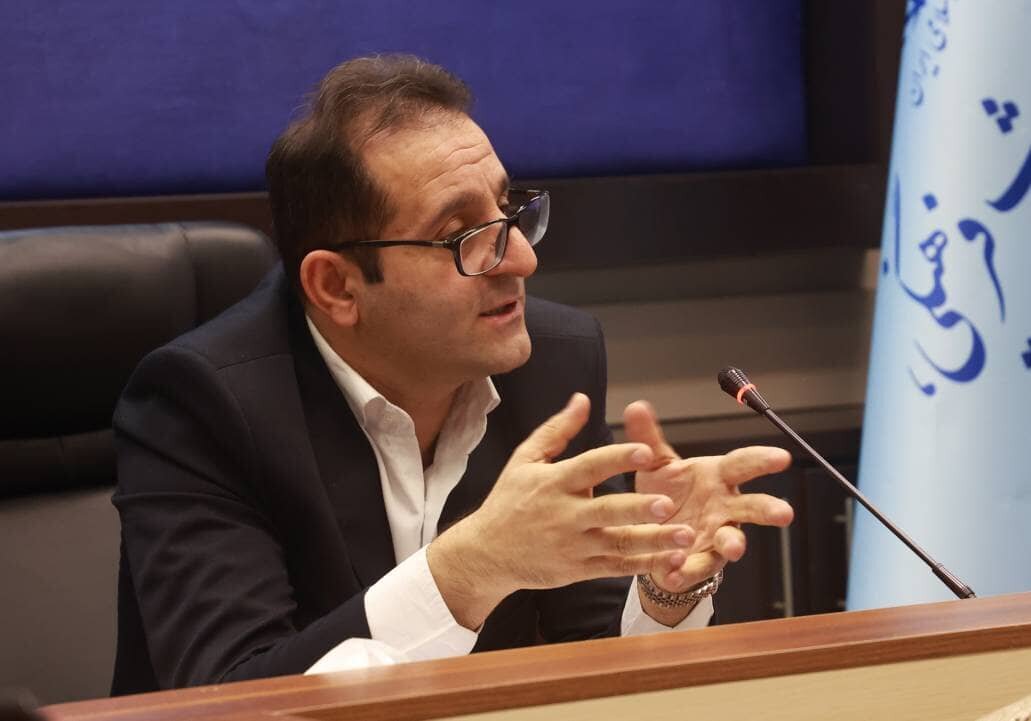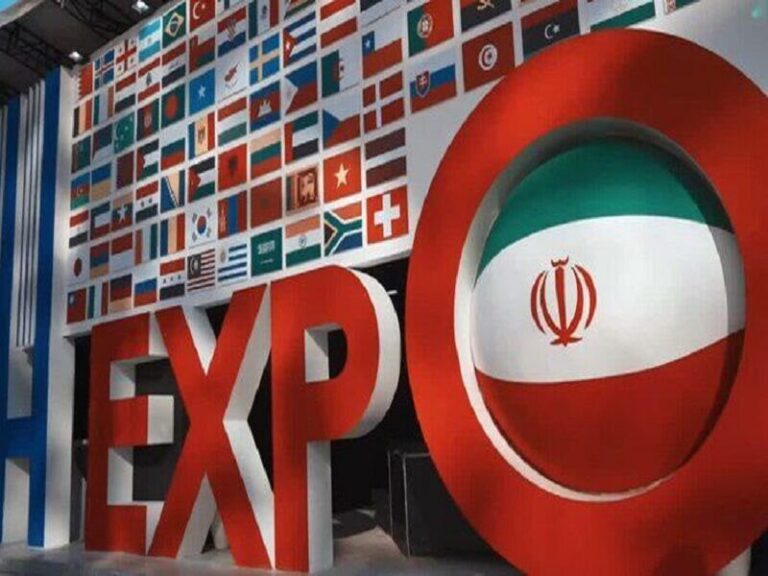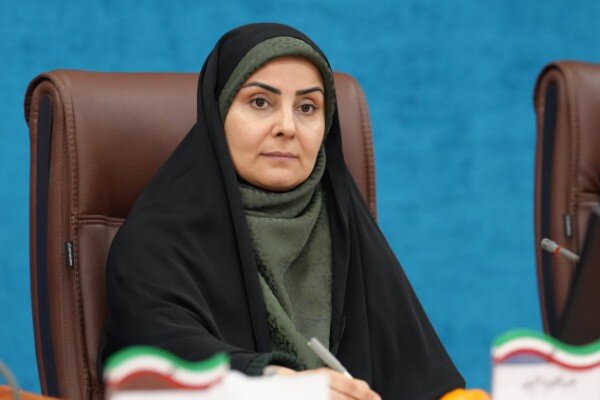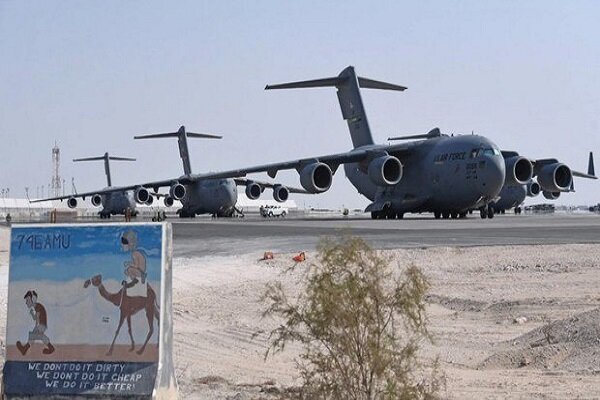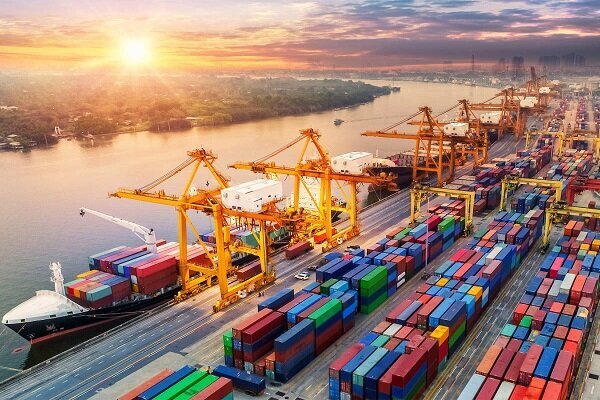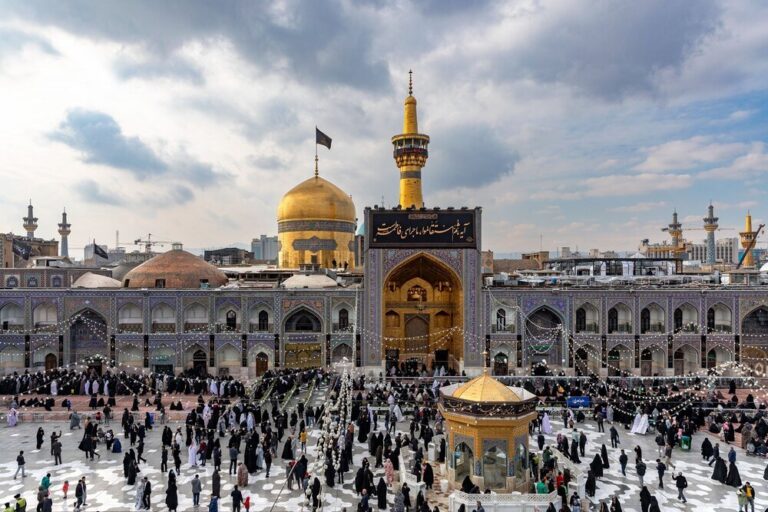Iran Eases Visa Restrictions: Overcoming Media Misinformation to Boost Tourism
Iran’s tourism sector faces significant challenges due to the pervasive issue of Iranophobia, which is fueled by negative media narratives about the country. Despite easing visa restrictions for most travelers, these harmful portrayals deter potential visitors from exploring the rich cultural heritage and breathtaking landscapes of Iran.
According to Moslem Shojaei, the director-general for Marketing and Tourism Development at Iran’s Ministry of Cultural Heritage, Tourism, and Handicrafts, the problem is not the visa process itself, but rather the fear instilled by biased media coverage. “Many tourists have no visa problems entering Iran,” Shojaei stated in an interview with IRNA. “The real issue is the cloud of negative news coverage – often exaggerated or selectively highlighted by hostile media – that spreads fear and discourages travelers. Events such as the recent incident in Bandar Shahid Rajaei in Hormozgan are used by certain outlets to amplify this narrative.”
To combat these damaging perceptions, Shojaei emphasized the importance of disseminating accurate and engaging information about Iran. Currently, the country has lifted visa requirements, either unilaterally or bilaterally, with over 40 nations. Key examples of this include:
- Visa waivers on a mutual basis with countries like Turkey, Iraq, Tajikistan, Kazakhstan, Oman, and Tunisia.
- Unilateral visa waivers for citizens of Uzbekistan.
- Visa restrictions maintained only for 10 or 11 nations due to diplomatic or strategic reasons.
Shojaei elaborated, “Most citizens around the world can obtain visas upon arrival at Iranian airports.” He also pointed out that Iran often takes the initiative in establishing visa waivers to encourage reciprocity from other countries. “We take the first step, and sometimes the other countries follow. However, economic or political considerations may prevent some from responding in kind.”
The effectiveness of international events in counteracting Iranophobia was highlighted by Shojaei, who mentioned recent B2B (Business-to-Business) meetings between global tour operators and their Iranian counterparts. “Over 120 foreign tour operators participated in this event. All of them are active on social media, and by sharing their firsthand experiences, they help showcase Iran’s vibrant tourism potential,” he noted. “Such initiatives go a long way in neutralizing false or negative narratives.”
Shojaei also discussed the role of influencer marketing as a pivotal strategy for building international trust and promoting Iran’s tourism potential. This approach includes:
- Utilizing interactive content and digital platforms.
- Targeted media outreach to engage a broader audience.
Looking forward, Shojaei announced Iran’s participation in ten international tourism exhibitions and plans to organize five tourism roadshows in key cities, including:
- Basra
- Baghdad
- Karbala
- Najaf
- Poland, Hungary, Serbia, and Russia
Additionally, he revealed plans for a Silk Road Conference in Semnan, which will gather member countries along this historic trade route. Furthermore, the Third International Health Tourism Conference for ECO member states is scheduled to take place in Hamedan later this year.
Iran is poised to benefit significantly from its diverse array of tourist attractions, including:
- Bazaars
- Museums
- Mosques
- Bridges
- Bathhouses
- Madrasas
- Mausoleums
- Churches
- Towers
- Mansions
Notably, 28 of these sites are inscribed on the UNESCO World Heritage list, showcasing the country’s rich historical and cultural significance. Through strategic marketing and positive outreach, Iran aims to enhance its global image and attract more tourists, transforming the narrative from one of fear to one of wonder and exploration.
